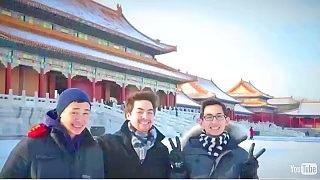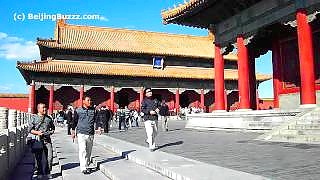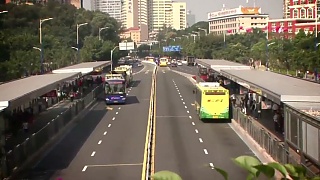
|
With Feeding Foca ...
Welcome to KunMing: The Spring City
KunMing, the capital of YunNan province, is known for its pleasant climate, rich history, and stunning natural scenery. This guide will help you explore the best of what KunMing has to offer.
Top Attractions in KunMing
Stone Forest (Shilin)
A UNESCO World Heritage Site, the Stone Forest is a remarkable natural wonder featuring towering limestone formations. It's located about 90 kilometers from KunMing and is a must-visit for nature lovers.
Dianchi Lake
Dianchi Lake, also known as KunMing Lake, is the largest freshwater lake in Yunnan. Visitors can enjoy boating, walking along the lakeside, and visiting nearby temples.
Green Lake Park (Cuihu Park)
Located in the heart of KunMing, Green Lake Park is a peaceful retreat with beautiful lotus ponds, pavilions, and walking paths. It's a great spot for relaxation and people-watching.
Yuantong Temple
Yuantong Temple is one of the oldest Buddhist temples in KunMing, dating back over 1,200 years. The temple features a unique layout with a large pond in the center and beautiful architecture.
Local Cuisine
KunMing is famous for its diverse and flavorful cuisine. Here are some must-try dishes:
Crossing the Bridge Noodles (Guo Qiao Mi Xian)
A traditional Yunnan dish consisting of a bowl of hot broth, rice noodles, and various toppings like meat, vegetables, and herbs. The dish is served with the ingredients separate, allowing you to mix them as you like.
Steam Pot Chicken (Qi Guo Ji)
This dish is cooked in a unique clay pot that traps steam, resulting in tender and flavorful chicken. It's often served with medicinal herbs for added health benefits.
Yunnan Rice Cakes (Er Kuai)
These chewy rice cakes are a staple in Yunnan cuisine. They can be stir-fried, grilled, or served in soups.
Transportation
KunMing is well-connected and easy to navigate. Here are some transportation options:
KunMing Changshui International Airport
The airport is located about 25 kilometers from the city center and offers domestic and international flights. Taxis and airport shuttles are available for transportation to the city.
Public Buses
KunMing has an extensive public bus network that covers most of the city. Buses are affordable and a convenient way to get around.
Metro
KunMing's metro system is modern and efficient, with several lines connecting key areas of the city. It's a great option for avoiding traffic.
Taxis and Ride-Hailing
Taxis are widely available, and ride-hailing apps are popular in KunMing. They offer a convenient way to travel, especially for shorter distances.
Best Time to Visit
KunMing is known as the "Spring City" due to its mild climate year-round. However, the best time to visit is from March to October, when the weather is most pleasant and the flowers are in full bloom.
Tips for Visitors
Wear comfortable shoes, as many attractions involve walking or hiking.
Bring sunscreen and a hat, as the sun can be strong, especially at higher altitudes.
Learn a few basic Mandarin phrases, as English is not widely spoken outside tourist areas.
Respect local customs and traditions, especially when visiting temples and religious sites.
Enjoy your trip to KunMing!
|








 China technology insights – channel
China technology insights – channel















